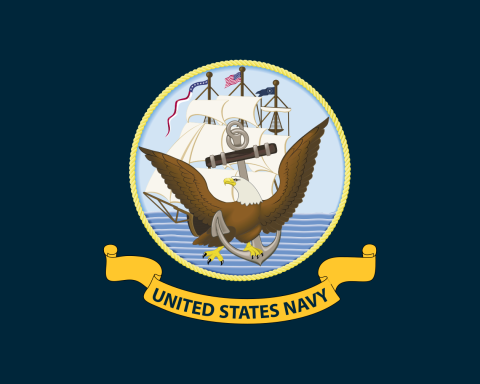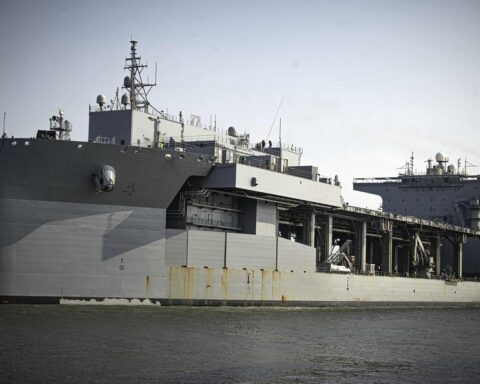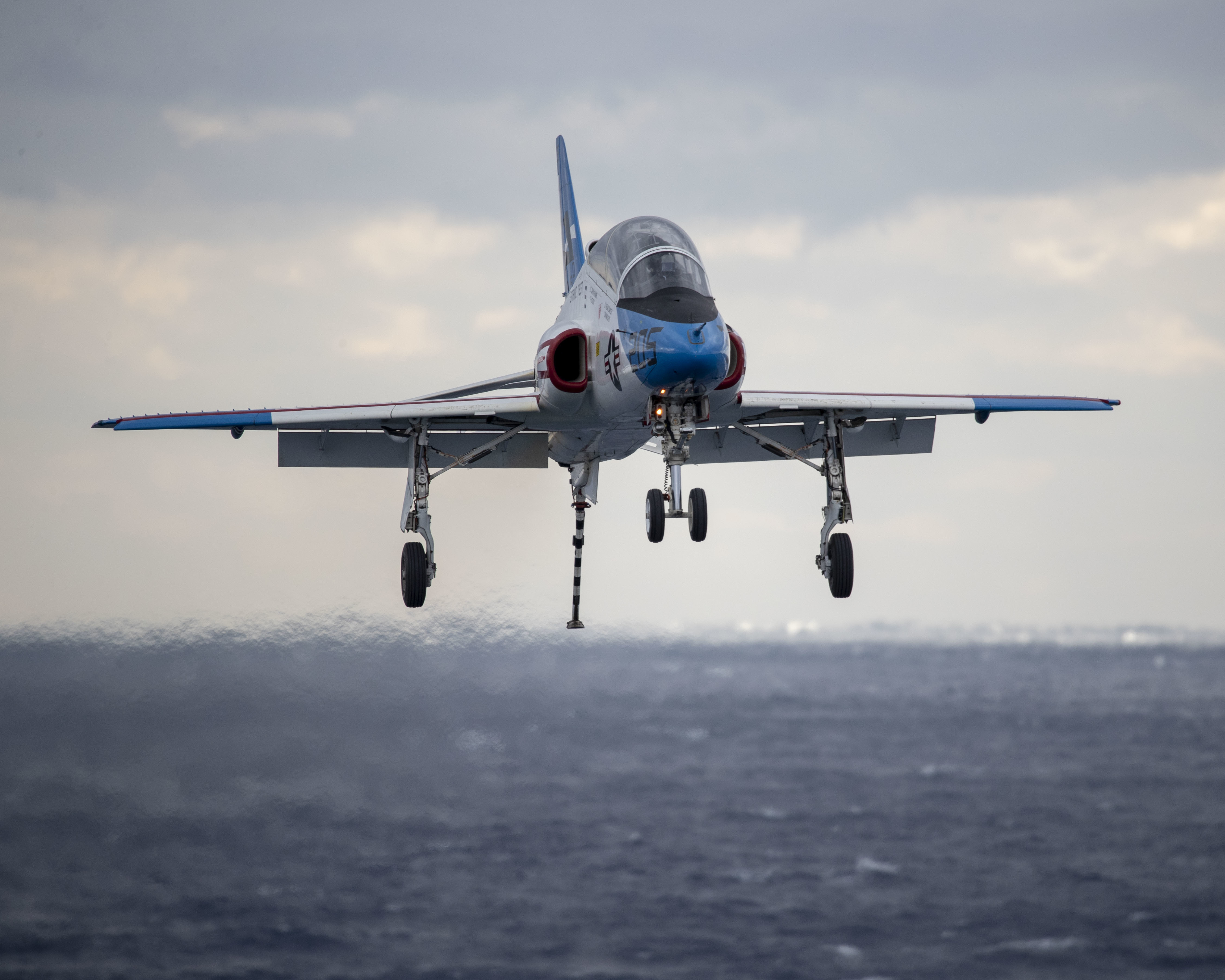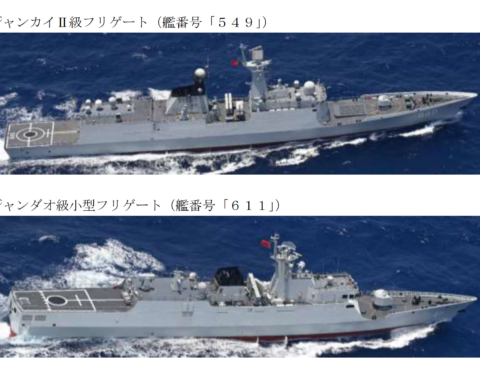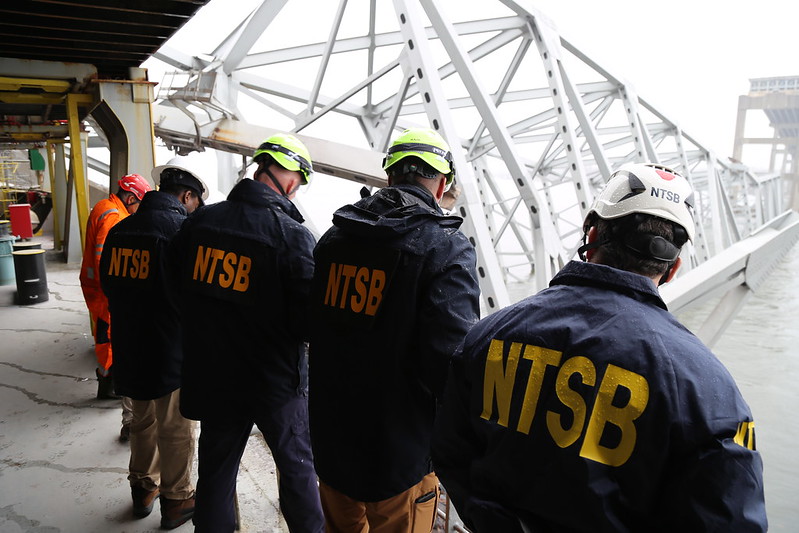
This story has been updated to reflect Project Matador’s cancellation.
Three cranes, all contracted through the Naval Sea Systems Command, have arrived in Baltimore, Md., to help remove the wreckage of the Francis Scott Key Bridge after a cargo ship hit the bridge Tuesday morning, causing it to collapse.
Chesapeake, a 1,000-ton lift-capacity derrick barge – the largest crane on the East Coast – arrived by Friday, as well as Ferrell, a 200-ton lift-capacity revolving crane barge, and Oyster, a 150-ton lift-capacity crane barge. The Navy is also sending another 400-ton lift capacity barge, expected to arrive next week, according to a Navy release.
Navy’s Supervisor of Salvage and Diving will use the four barges to lift the submerged parts of the Key Bridge from the Patapsco River. The bridge will be disassembled and removed section by section, according to the Navy release. Each piece will be lifted on the barges and then transported away.
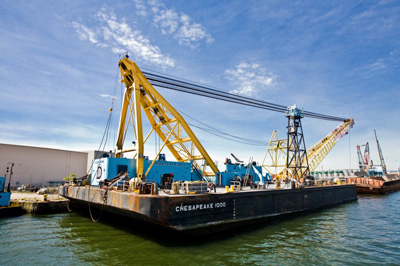
The Navy is in the process of mobilizing 12 more cranes and support vessels. This will include tugs as well as survey, dive and crew boats. The vessels and cranes are expected to arrive in Baltimore over the next few days.
Navy SUPSALV was appointed the lead agency to clear the Fort McHenry channel following Tuesday’s collapse of the Key Bridge that has cut off marine traffic to and from the Port of Baltimore, USNI News reported.
Cheseapeake is owned by Donjon Marine Company, Inc., and was built in 1972, according to the company’s website.
When built in 1972, Chesapeake was originally called SUN 800.
It is its history as SUN 800 that makes the crane famous. SUN 800 was built to assist in the construction of the Hughes Glomar Explorer, a deep-sea drill-ship platform, according to an article from Engineering News-Record. The ship was built by the CIA to recover the 3,000-ton Soviet Golf II ballistic missile submarine K-129, which sunk in 1968, called Project Azorian, according to USNI News.
The cover for the operations was that billionaire Howard Hughes funded the crane to use it to mine the seafloor for manganese nodules, according to a 2010 piece in Proceedings.
By using Glomar Explorer, the CIA was able to recover the bodies of 70 Soviet crewmembers and parts of the submarine, the Engineering News-Record reported. The CIA planned to return to the site of the submarine wreckage in 1975 under Project Matador, but the project was cancelled, according to Proceedings.
Hughes Glomar Explorer was sold for scrap in 2015, USNI News reported.
Following its original mission, the Sun 800 was rechristented the Penn 800. It was renamed Penn 1,000 after an upgrade following damage, according to a historical account of Sunship, the company that built the crane. When it transferred to Donjon, it was renamed Chesapeake.


